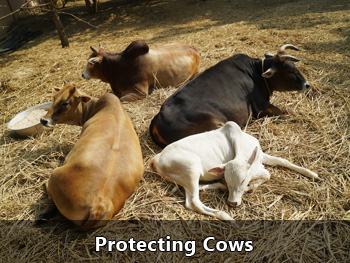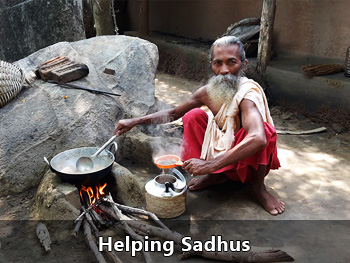Artificial Sweeteners Market to Change (Look at the retail sales of NutraSweet and Equal at the bottom as it keeps going down). James Turner, Atty, and Citizens for Health have already petitioned for the ban of Splenda which does have to be removed f
Rate this topic







Recommended Posts
Join the conversation
You are posting as a guest. If you have an account, sign in now to post with your account.
Note: Your post will require moderator approval before it will be visible.